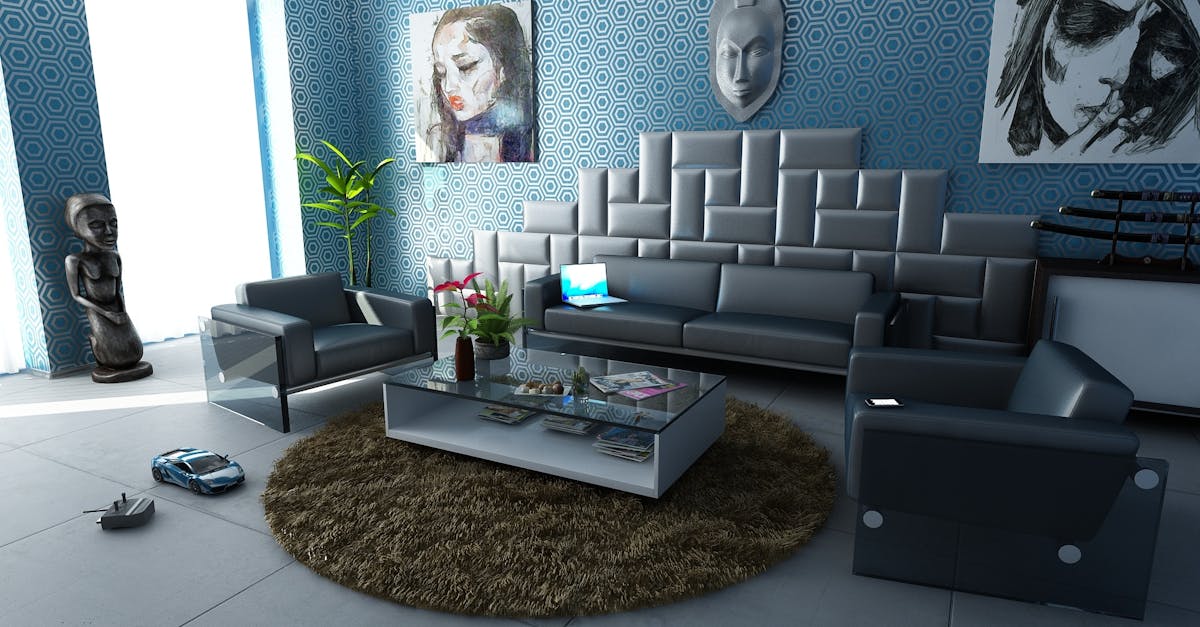
Table Of Contents
Utilizing Recycled Materials to Enhance Sustainability
Utilizing recycled materials is a fundamental aspect of Sustainable Design Ottawa as it plays a crucial role in reducing waste and minimizing environmental impact. By incorporating materials that have been repurposed or recycled, designers can contribute to the preservation of natural resources while promoting a more sustainable approach to construction and development. This practice not only helps in diverting waste from landfills but also enables the reuse of materials in creative ways, ultimately fostering a more environmentally conscious design process.
In addition to reducing waste, utilizing recycled materials in Sustainable Design Ottawa can also lead to innovative and unique architectural solutions. By finding new purposes for old materials, designers are able to create spaces that are not only eco-friendly but also visually appealing and distinctive. Incorporating recycled materials into projects can add character and charm, giving buildings a sense of history and contributing to a more eclectic and sustainable design aesthetic.
Reducing Environmental Impact
Reducing environmental impact is a crucial aspect of Sustainable Design Ajax. By incorporating energy-efficient systems and technologies, buildings can significantly decrease their carbon footprint and overall environmental harm. Implementing strategies such as utilizing renewable energy sources and optimizing building insulation can lead to substantial reductions in energy consumption and greenhouse gas emissions. Additionally, choosing materials with lower embodied energy and conducting regular energy audits are effective ways to minimize environmental impact in the long run.
Furthermore, Sustainable Design Ajax emphasizes the importance of waste reduction and proper waste management practices. By employing strategies such as reusing materials, recycling waste products, and minimizing construction waste, buildings can contribute to a more sustainable and eco-friendly environment. Integrating waste reduction strategies not only helps in reducing the overall environmental impact but also promotes a culture of sustainability within the construction industry.
Water Conservation Techniques in Sustainable Design
Water conservation techniques play a pivotal role in Sustainable Design Barrie. Implementing efficient water management practices is essential for reducing overall water consumption and preserving this valuable resource. Strategies such as rainwater harvesting, greywater recycling, and utilizing low-flow fixtures can significantly minimize water waste within a building or site.
Incorporating these water conservation techniques not only benefits the environment but also contributes to long-term cost savings for property owners. By adopting sustainable water practices, individuals and organizations in Barrie can become more environmentally responsible while creating efficient and resilient structures that align with sustainable design principles.
Preserving a Precious Resource
Preserving a Precious Resource
Sustainable design is crucial in minimizing the strain on valuable resources, particularly water. By implementing efficient water conservation techniques, Sustainable Design Markham aims to significantly reduce water consumption within built environments. Through the use of low-flow fixtures and rainwater harvesting systems, buildings can effectively preserve water, contributing to overall sustainability efforts. Additionally, greywater recycling systems further enhance water conservation initiatives, allowing for the reuse of water in non-potable applications.
In Sustainable Design Markham, preserving water as a precious resource goes beyond individual practices to encompass a broader environmental impact. Considering the interconnectedness of ecosystems and human activities, sustainable design strategies focus on mitigating water wastage and contamination. By incorporating technologies such as green roofs and permeable paving, sustainable designs can help to alleviate pressure on traditional water sources while promoting the responsible use of this vital resource.
Benefits of Integrating Green Spaces in Sustainable Design
Green spaces play a crucial role in Sustainable Design Saint Catherines by providing numerous benefits to the environment and its inhabitants. Integrating green spaces within urban areas can significantly enhance the overall quality of life for residents. The presence of greenery helps to improve mental well-being by creating a more visually pleasing environment that promotes relaxation and reduces stress levels.
Furthermore, incorporating green spaces in sustainable design projects contributes to the mitigation of urban heat islands. Through the process of evaporative cooling and shade provided by trees and vegetation, green spaces help to lower ambient temperatures in urban areas, thus reducing the reliance on energy-intensive cooling methods. This not only benefits the environment by decreasing greenhouse gas emissions but also enhances the comfort of individuals living and working in Sustainable Design Saint Catherines.
Improving Air Quality
Improving air quality is a crucial aspect of sustainable design in Saint Catherines. By integrating green spaces within urban landscapes, designers can help mitigate air pollution and enhance the overall health and well-being of residents. These green spaces act as natural filters, absorbing harmful pollutants and releasing clean oxygen into the atmosphere, promoting a healthier environment for all.
Additionally, sustainable design strategies such as using low-emission materials and optimizing ventilation systems in buildings can significantly reduce indoor air pollution. By prioritizing air quality in architectural planning and construction processes, Sustainable Design Saint Catherines can create spaces that not only look aesthetically pleasing but also contribute to a cleaner and healthier atmosphere for present and future generations to enjoy.
FAQS
What is the importance of utilizing recycled materials in sustainable design?
Utilizing recycled materials helps reduce the demand for new resources, minimizes waste, and lowers the environmental impact of construction projects.
How does sustainable design focus on reducing environmental impact?
Sustainable design focuses on reducing the environmental impact by incorporating energy-efficient practices, minimizing carbon footprint, and promoting eco-friendly building materials.
What are some water conservation techniques used in sustainable design?
Water conservation techniques in sustainable design include rainwater harvesting, greywater recycling, and efficient irrigation systems to preserve this precious resource.
Why is it important to integrate green spaces in sustainable design?
Integrating green spaces in sustainable design helps improve air quality, reduce urban heat island effect, provide habitats for wildlife, and enhance the overall well-being of inhabitants.






